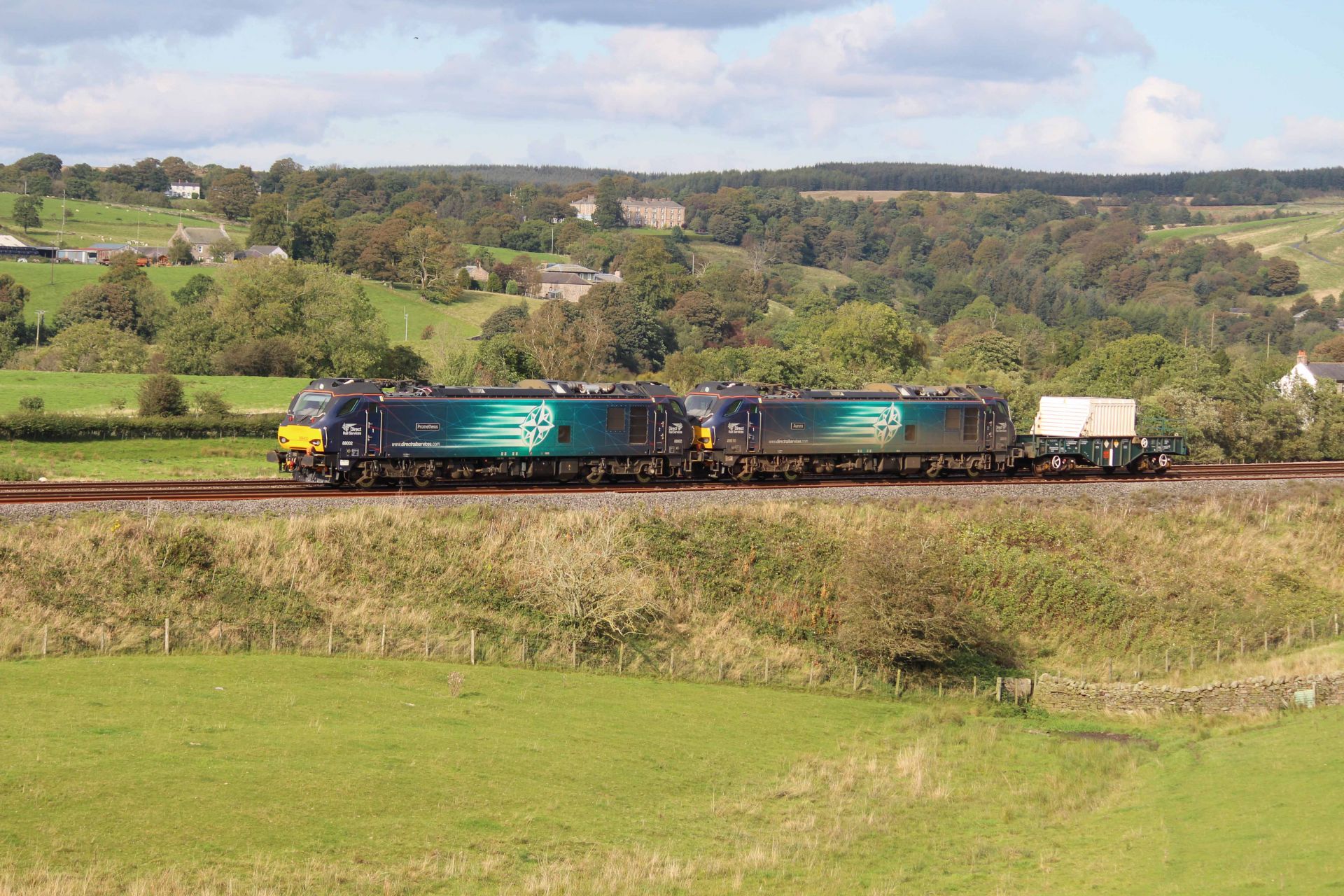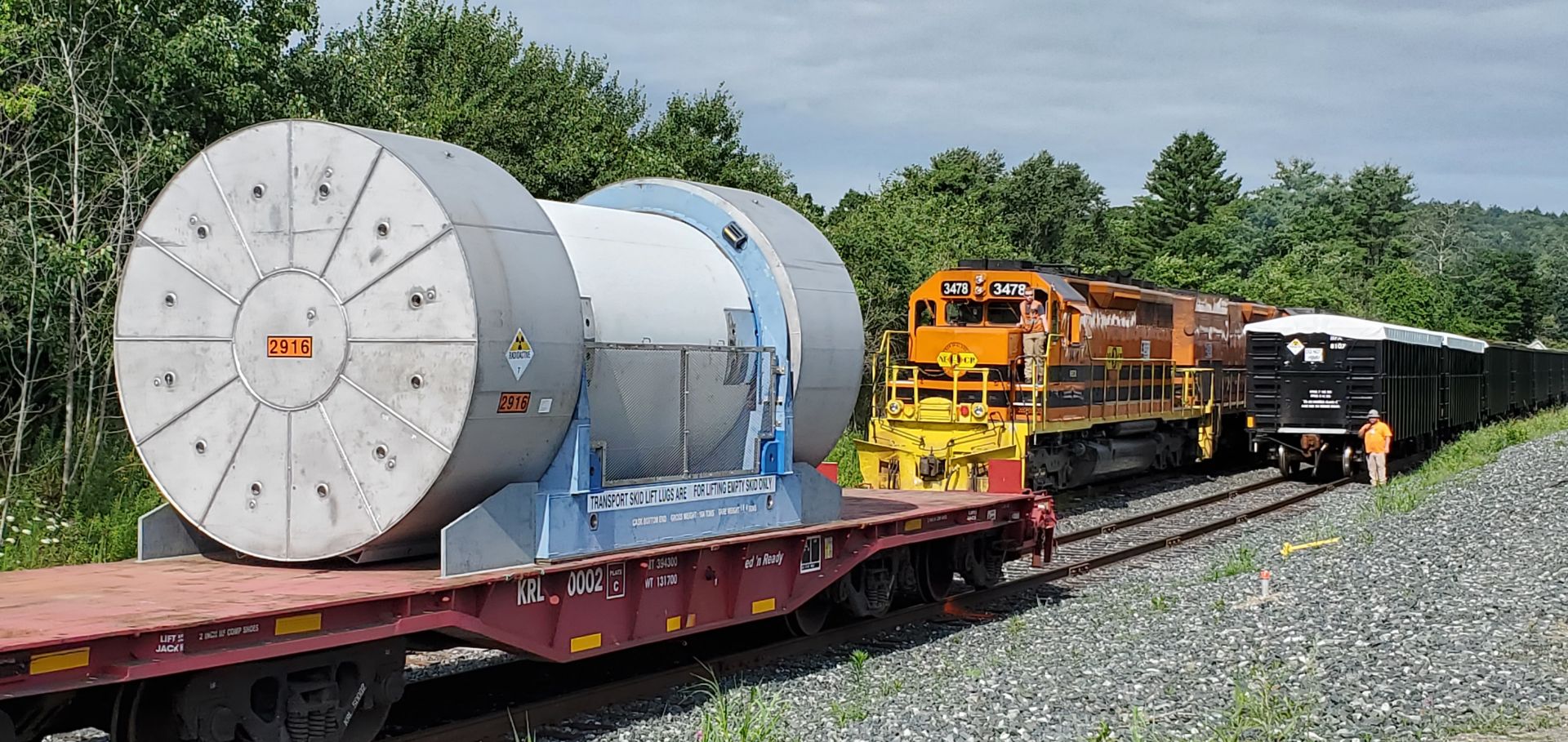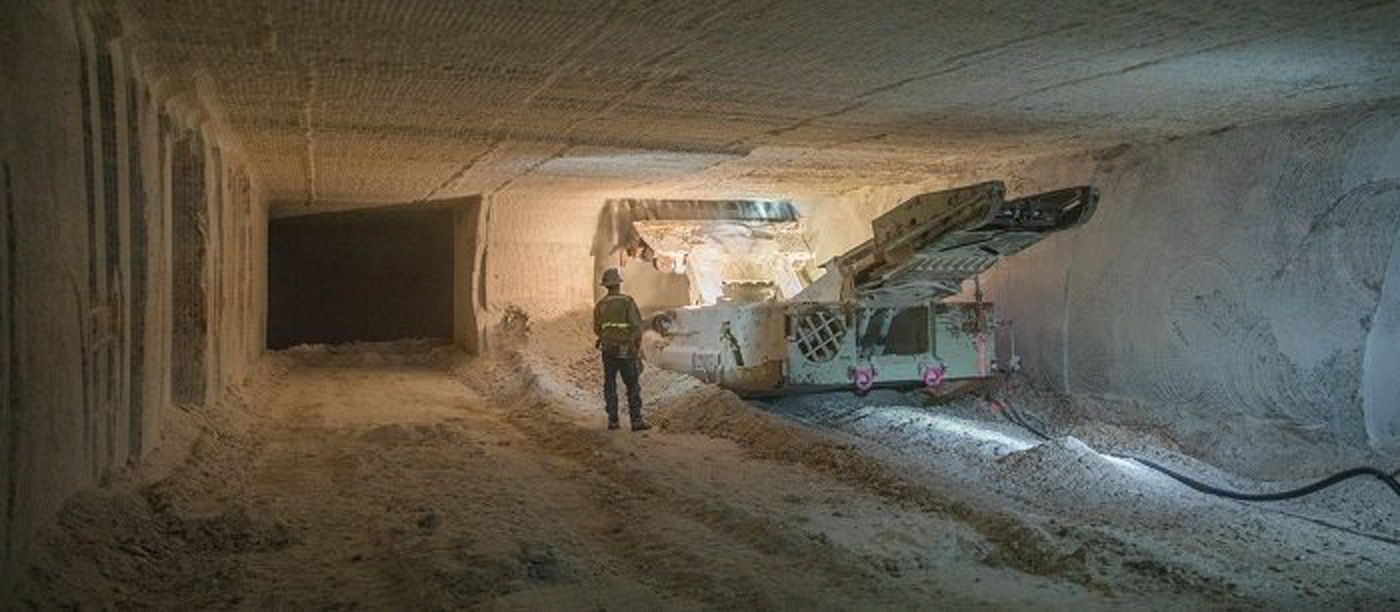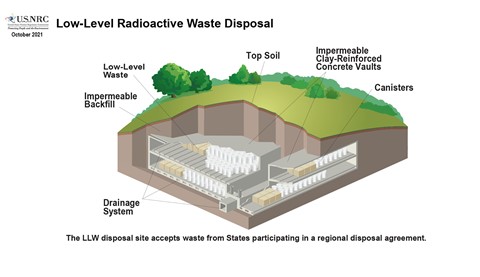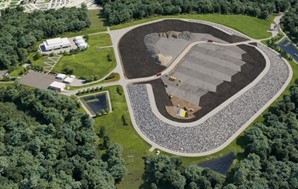Waste drums at the Winfrith site's treated radwaste storage facility. (Photo: NWS)
More than 1,000 drums of low-level radioactive waste in the United Kingdom have been safely disposed of earlier than expected. The project was completed through the collaborative work of Nuclear Waste Services (NWS), Nuclear Restoration Services (NRS), and Nuclear Transport Solutions (NTS).
Concept art of the Chalk River near surface disposal facility for LLW. (Image: CNL)
The Canadian Nuclear Safety Commission has decided to amend Canadian Nuclear Laboratories’ operating license for the Chalk River Laboratories, allowing the construction of a near surface disposal facility (NSDF) for low-level radioactive waste on the nuclear research site in Deep River, Ontario.
The 2F Evaporator at SRS. (Photo: Savannah River Site Photography)
The Department of Energy’s Office of Environmental Management is responsible for roughly 90 million gallons of radioactive liquid waste at Idaho National Laboratory, the Hanford Site in Washington state, and the Savannah River Site in South Carolina. About 900,000 gallons of waste are stored at INL, 56 million gallons at Hanford, and roughly 36 million at SRS. A further 400,000 gallons of waste from various operations are being stored at the Oak Ridge Site in Tennessee.
Representatives from OPG, Laurentis Energy Partners, and EnergySolutions Canada, as well as the mayor of Kincardine, Kenneth Craig, cut the ceremonial ribbon to officially open WCSR facility. (Photo: OPG)
Ontario Power Generation (OPG) subsidiary Laurentis Energy Partners has opened, in partnership with EnergySolutions Canada, a new 42,000-square-foot facility in Kincardine, Ontario, that will minimize waste associated with nuclear energy generation in the Canadian province, the company announced this week.
A 300-pound bag of frit is in position to be poured into the melter at Hanford’s LAW Facility. (Photo: Bechtel National)
The Department of Energy’s Office of Environmental Management announced that the first batches of glass-forming beads, called frit, were poured last week into a melter at the Hanford Site’s Waste Treatment and Immobilization Plant (WTP), also known as the Vit Plant. The melter, which has been heated to 2,100ºF, will be used to immobilize Hanford’s radioactive and chemical tank waste, turning it into a stable glass form through vitrification.
Two British Class 88 locomotives transport a nuclear waste flask wagon across Great Britain. (Photos: NTS)
Since its formation in 2005, the United Kingdom’s Nuclear Decommissioning Authority (NDA) has been tasked with ensuring that the U.K.’s nuclear legacy sites are decommissioned and cleaned up safely, securely, cost-effectively, and in ways that protect the people and the environment.
A loaded MP197HB cask is prepared for departure from the Vermont Yankee decommissioning site to West Texas. (Photos: Orano TN)
The rapid changes in the nuclear energy industry over the last decade, driven in part by fluctuating energy market prices and an aging fleet of reactors, have led to the closure of multiple reactors in the United States and other countries. These closures have increased the need for larger and more efficient ways to manage low-level radioactive waste processing and transport capacities. The safe transport of radioactive material is a key component of the overall nuclear industry reliability. Though sometimes perceived as a bottleneck and costly, it is necessary to send waste material to disposal.
February 17, 2023, 3:03PMRadwaste SolutionsPeter Swift, Michael Apted, Lake Barrett, John Kessler, and Steven Nesbit An electric continuous miner machine cuts out a waste-emplacement panel at the Waste Isolation Pilot Plant salt repository in New Mexico. (Photo: DOE)
Used nuclear fuel and high-level radioactive wastes are by-products of nuclear energy production and other applications of nuclear technology, and the consensus approach to disposing of those wastes safely is to encapsulate them and emplace them in stable geologic formations (geologic repositories) where they will be isolated from people and the environment for very long periods of time. The federal government has established environmental standards for waste isolation that any proposed geologic repository must meet.
In July 2021, the American Nuclear Society established a special committee to consider possibilities for revised generic environmental standards for disposal of spent nuclear fuel and high-level radioactive waste in the United States. The committee developed a number of recommendations, which are contained in a draft report that was to be issued in February for review and comment by stakeholders. The draft report can be found on the ANS website, at ans.org/policy/repositorystandard/.
The committee’s draft recommendations are based on two underlying assumptions. First, that the relevant legislative framework for regulation defined in the Nuclear Waste Policy Act (NWPA) remains unchanged. Specifically, it is assumed that the Environmental Protection Agency will be charged with promulgating environmental standards for disposal and that the Nuclear Regulatory Commission will be charged with reviewing applications for disposal facilities using licensing requirements and criteria consistent with the EPA standards. Second, that existing generic disposal standards will be updated or replaced.
An NRC diagram of a LLW waste disposal site.
The Nuclear Regulatory Commission will integrate two separate rulemaking activities concerning the disposal of low-level radioactive waste, issuing a “re-proposed” rule that consolidates updates to 10 CFR Part 61, “Low-Level Radioactive Waste Disposal,” and proposed changes to the requirements for the near-surface disposal of greater-than-Class C (GTCC) waste.
A rendering of Canadian Nuclear Laboratories’ proposed Near Surface Disposal Facility. (Image: CNL)
Canadian Nuclear Laboratories (CNL) is asking its stakeholders (members of the public, industry, elected officials, and employees) to support a proposal to construct the Near Surface Disposal Facility (NSDF) to dispose of legacy radioactive waste at the Chalk River Laboratories in Ontario.


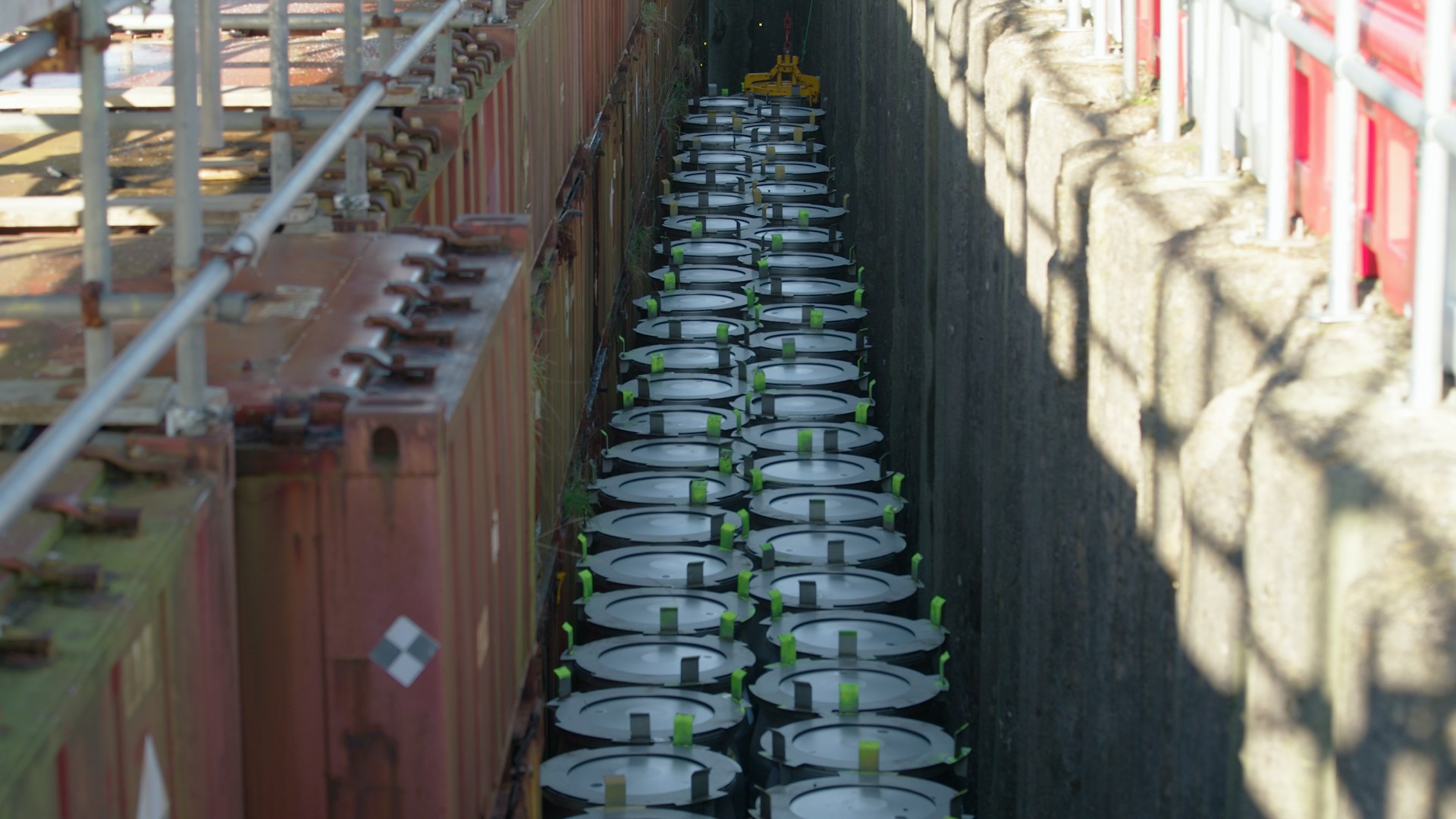
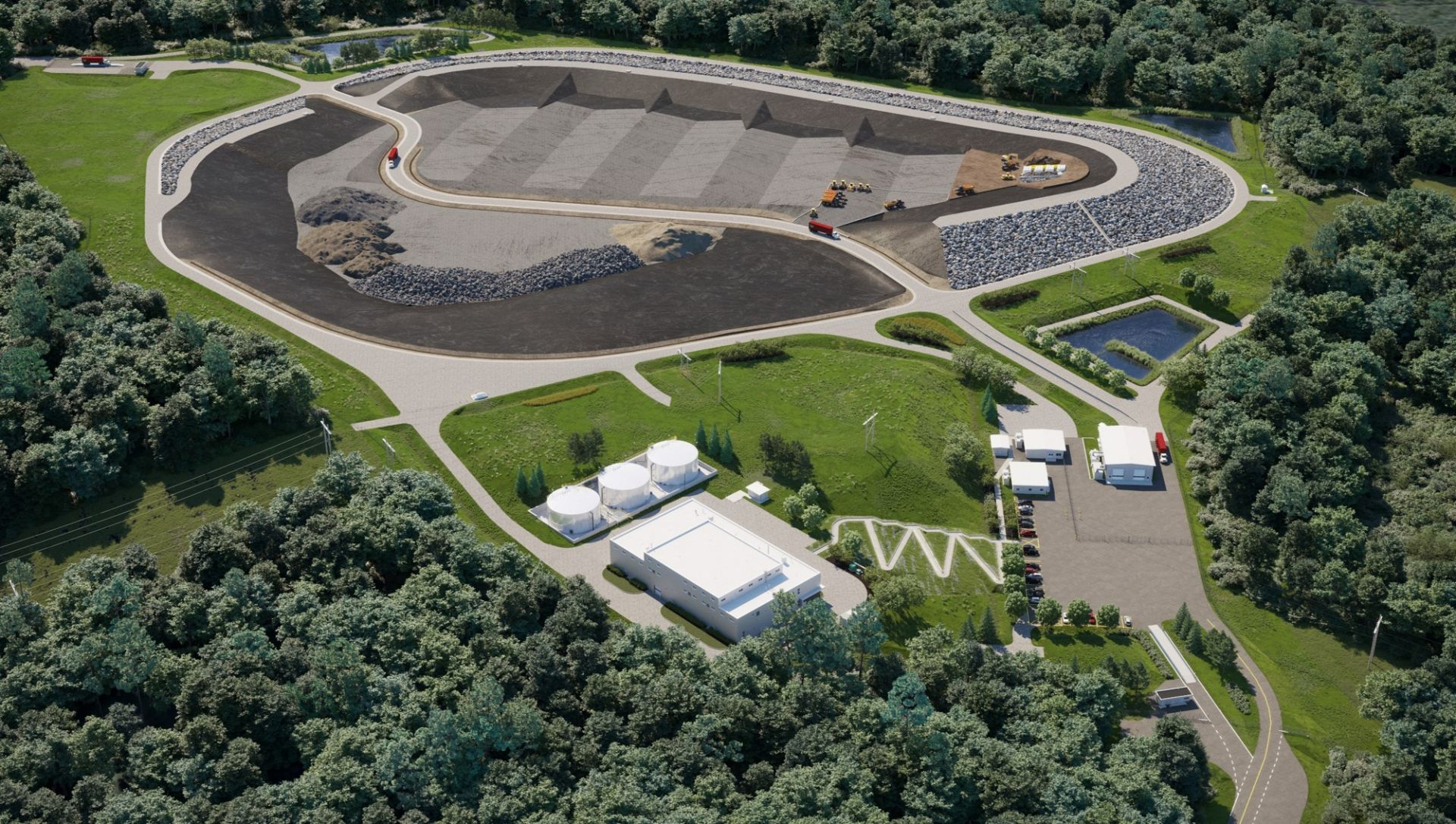
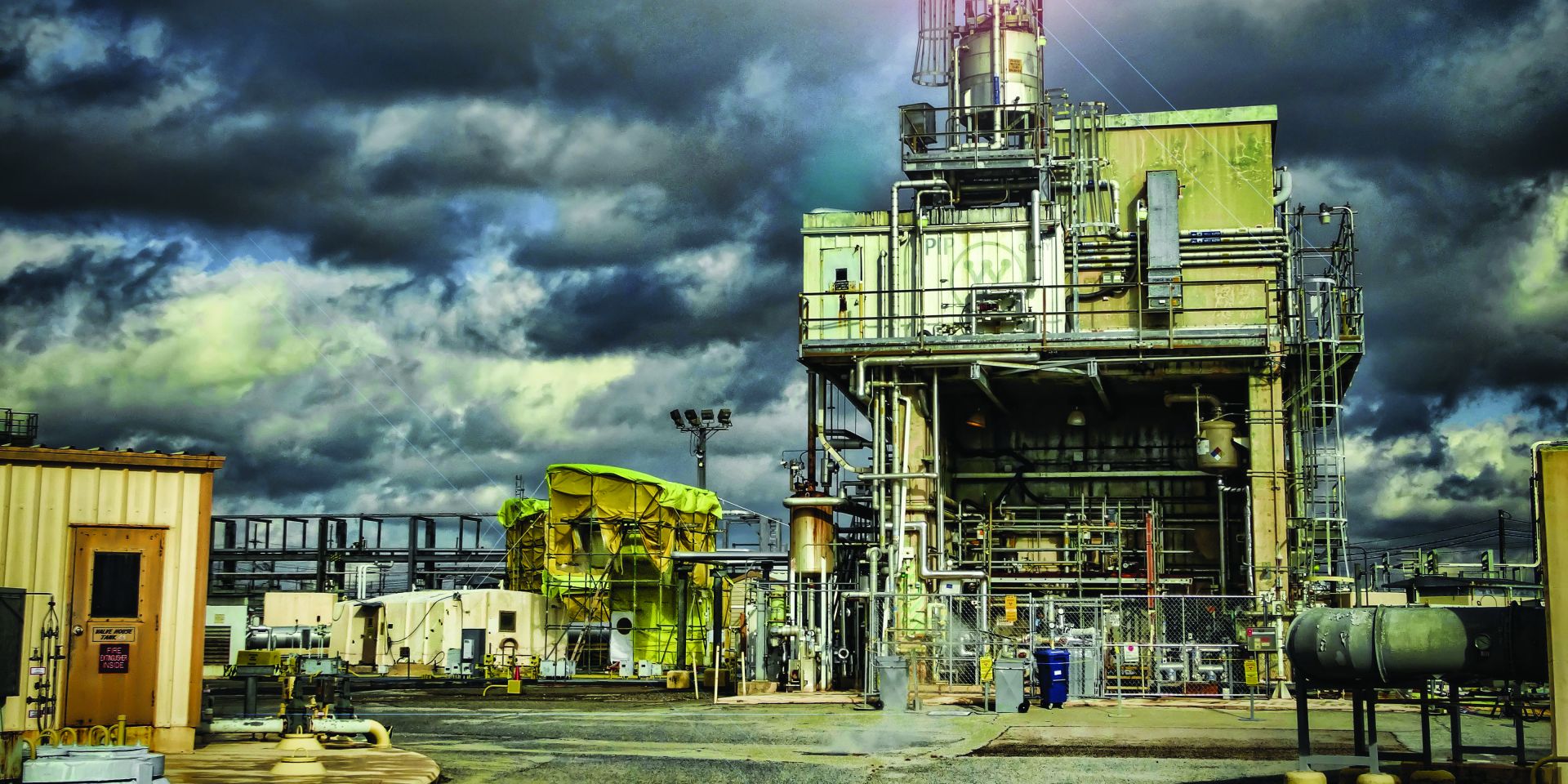
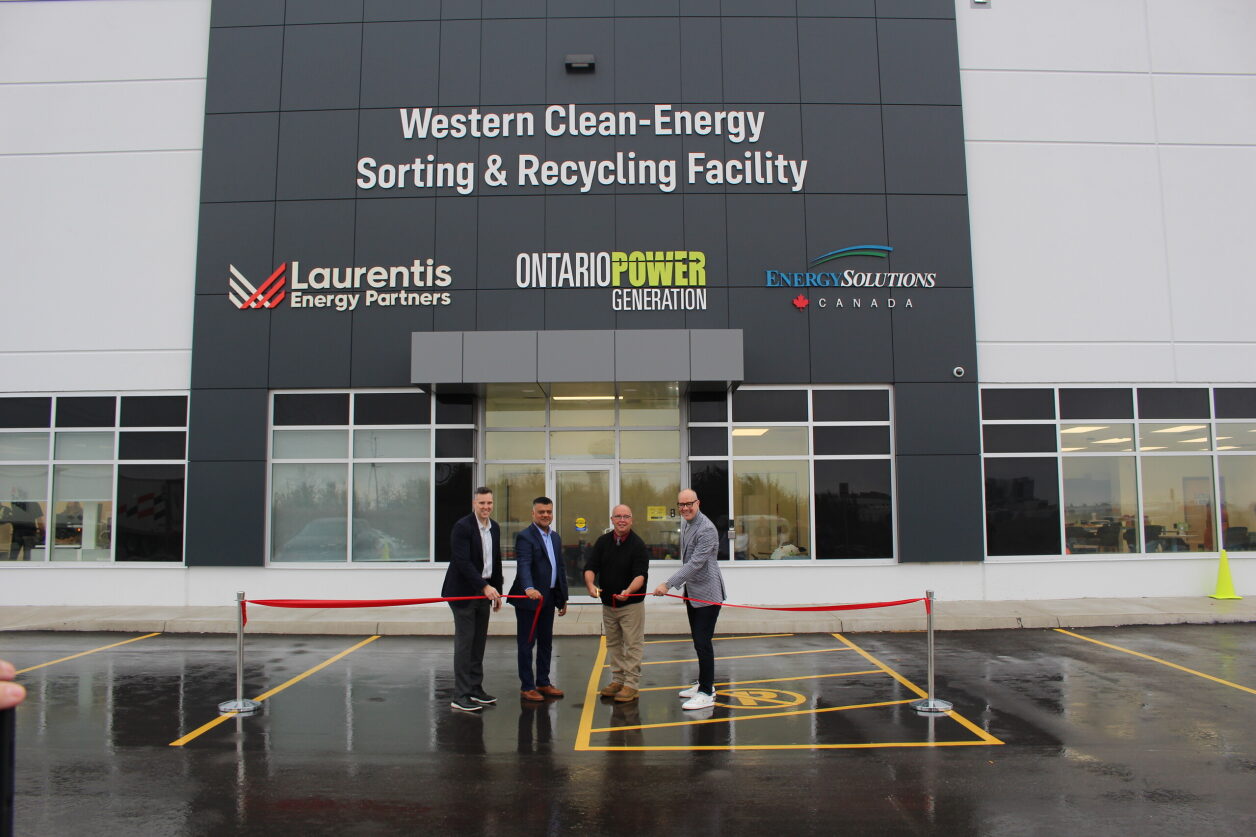
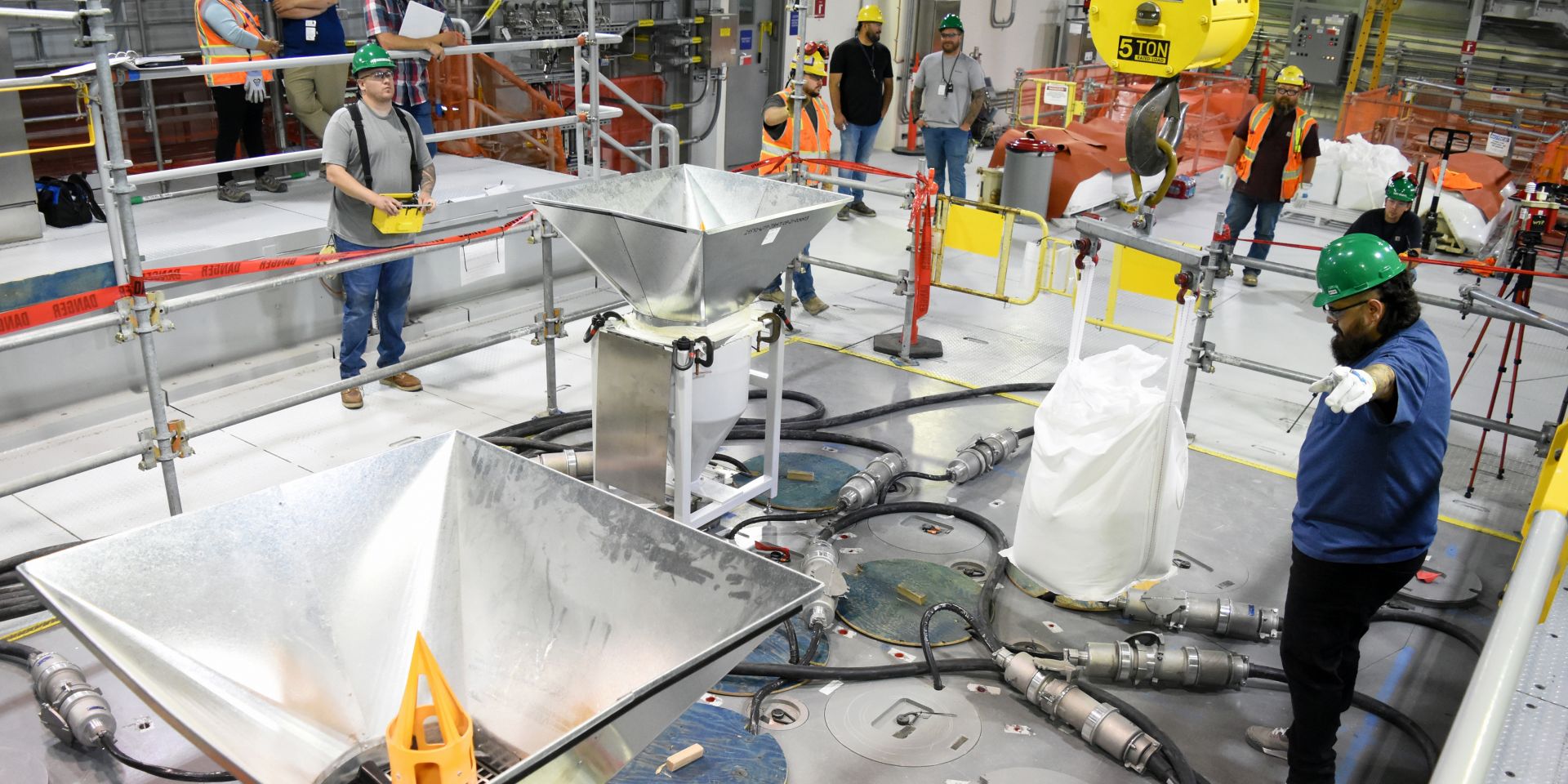
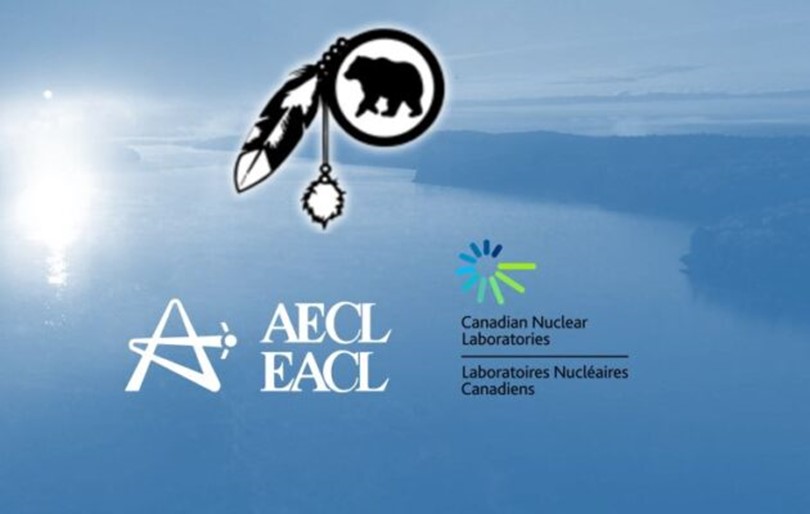 Atomic Energy of Canada Limited (AECL), Canadian Nuclear Laboratories (CNL), and the Algonquins of Pikwakanagan First Nation (AOPFN) have signed a long-term relationship agreement that aims to foster mutual respect, collaboration, and economic opportunities between Canada’s indigenous communities and the nuclear industry.
Atomic Energy of Canada Limited (AECL), Canadian Nuclear Laboratories (CNL), and the Algonquins of Pikwakanagan First Nation (AOPFN) have signed a long-term relationship agreement that aims to foster mutual respect, collaboration, and economic opportunities between Canada’s indigenous communities and the nuclear industry.